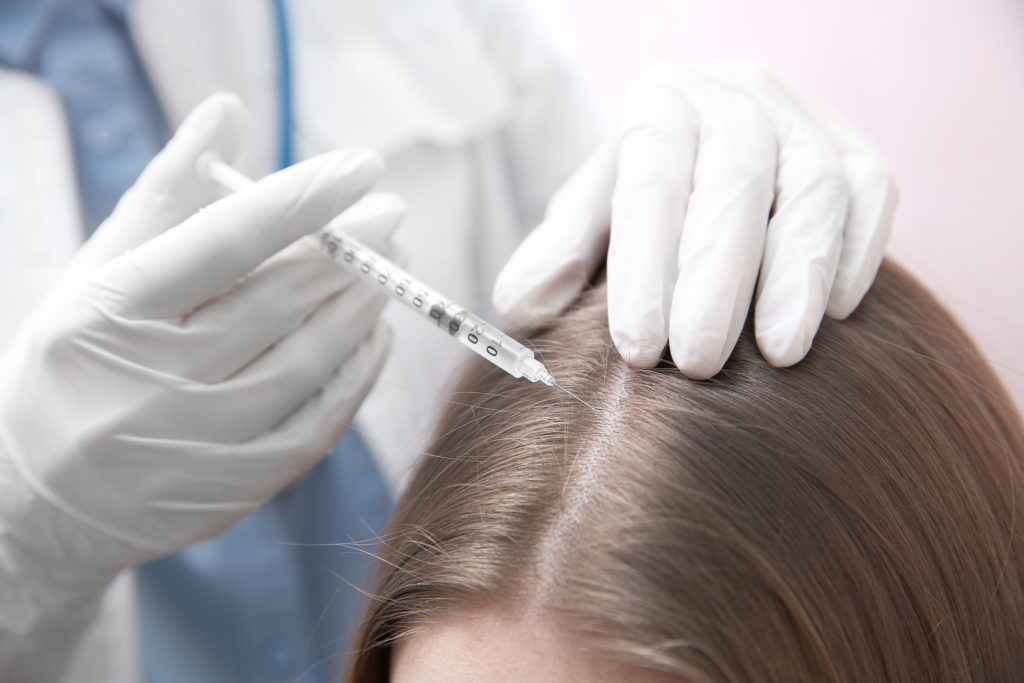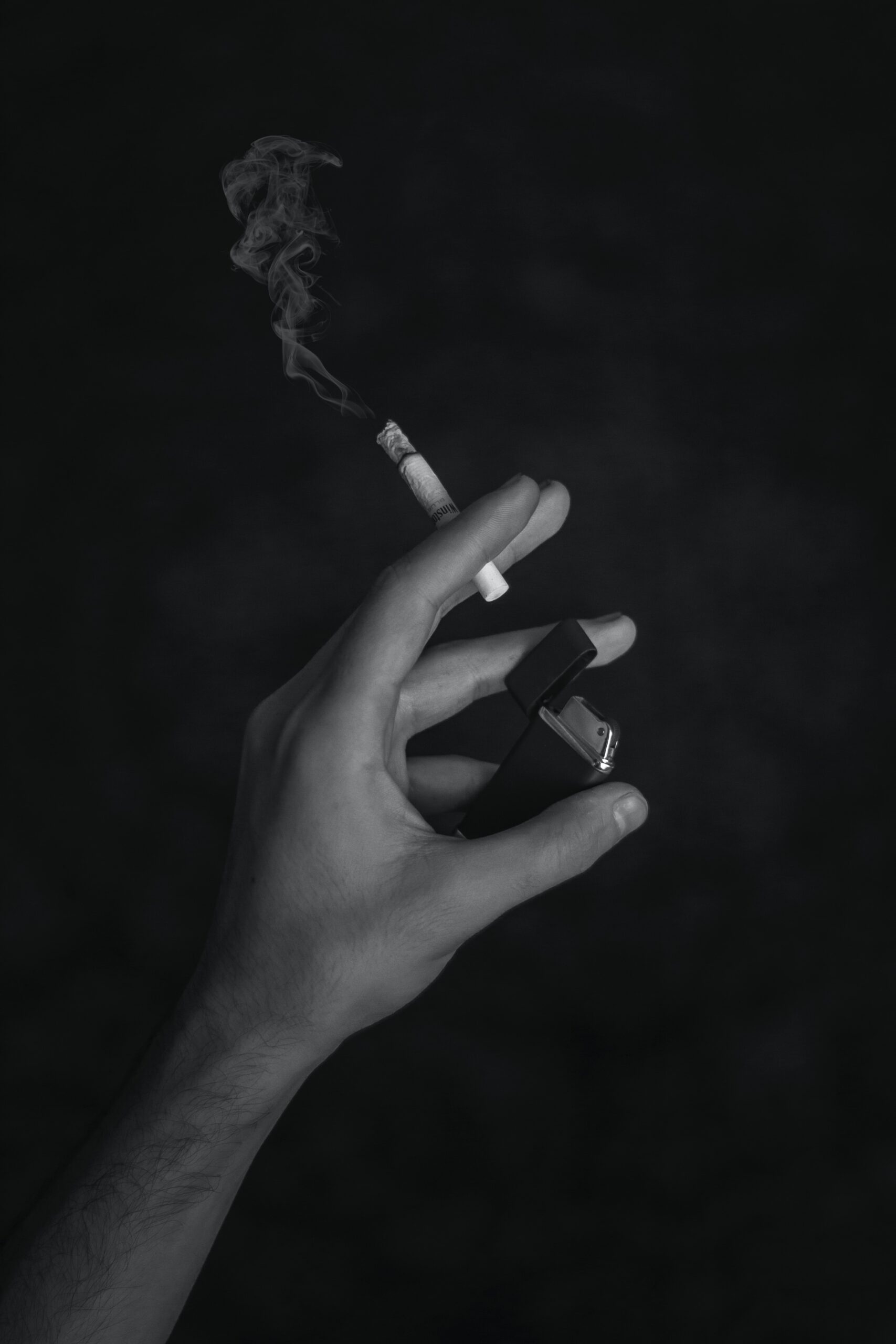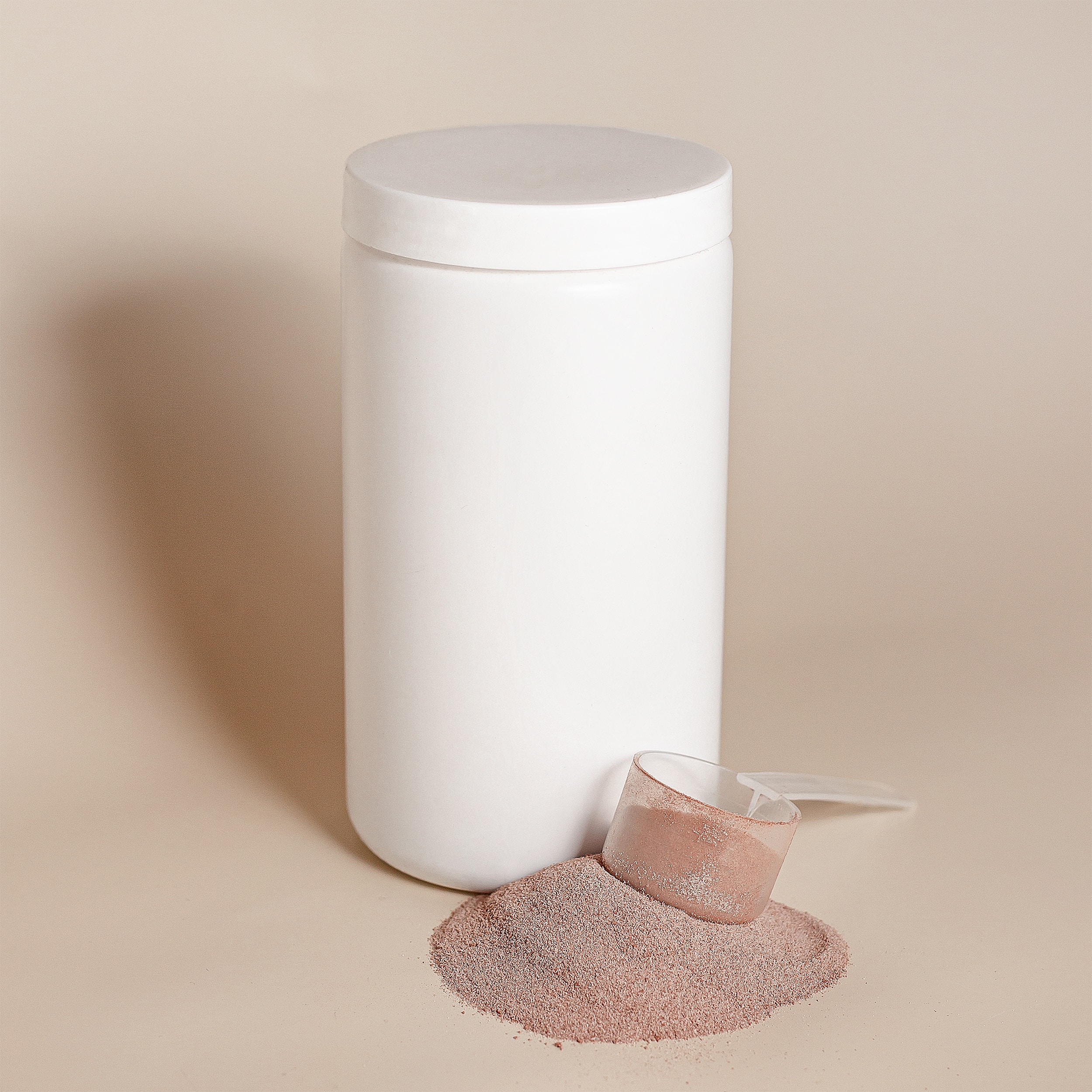
FAQ: What is PRP Therapy?
19th February 2018
Cast your memory back to 2013 and you might remember the photos splashed across the tabloids of Kim Kardashian indulging in a ‘vampire’ facial using her own re-injected blood. An 800 per cent increase in demand for the treatment ensued and, five years later, PRP therapy is no longer a celebrity fad but an effective way of treating hair loss.
Although by now it is a tried-and-tested technique, there’s still some confusion around how it works and what it can do for you and your hair. So, let us talk you through it…
What is PRP therapy?
PRP therapy – or Platelet Rich Plasma therapy – is a non-surgical procedure that involves a patient’s own blood being re-injected back into the scalp to stimulate healing and encourage dormant hair follicles to start growing again. PRP has been used as a treatment for sporting injuries and dermatology for years, but is now an increasingly popular solution for tackling hair loss.
How does it work?
A blood sample drawn from the patient is subjected to centrifugation, which spins the sample to separate out the red blood cells from the platelet-poor plasma from the platelet-rich plasma using specific gravity differences. The resulting supply of PRP, rich in essential proteins and enriched cells, is then ready to be injected directly into the scalp at the level of the hair follicles. As the PRP contains such a high concentration of platelet cells containing growth-enhancing protein factors, it influences tissue repair in a range of different cell types, with the aim of stimulating natural hair growth. The whole treatment takes up to an hour and is performed under local anaesthetic.
Will it work for me?
As with any kind of non-surgical treatment results vary from person to person. Although there isn’t a guarantee of success with PRP therapy, research has shown that many patients respond well to treatment and start to see results within a few months. Anyone who is experiencing hair loss could be a candidate for the treatment, but patients who are in the early stages of hair loss tend to be the most responsive especially females and younger men.
Is it a risky procedure?
Done correctly, PRP therapy is a very low-risk treatment. It’s autologous, which means that the risk of allergic reaction is low as it comes from your own body. There’s minimal pain involved as it is conducted under anaesthetic, and any subsequent discomfort following the procedure should pass quickly.
Should I have PRP instead of a hair transplant?
It depends on what results you’re after – if you’re looking for a long term solution, a hair transplant is the way forward. PRP is not permanent, with results lasting around a year, but can be a great way to increase hair bulk thickness and re-activate dormant hair follicles. It can also be used in tandem with a hair transplant to to accelerate healing and promote hair growth, and to complement other non-surgical options such as Minoxidil and Finasteride.
As with all medical procedures, it’s important to make sure you’re fully informed before proceeding with the treatment. If you’d like to find out more about the treatments that we offer, get in touch.


